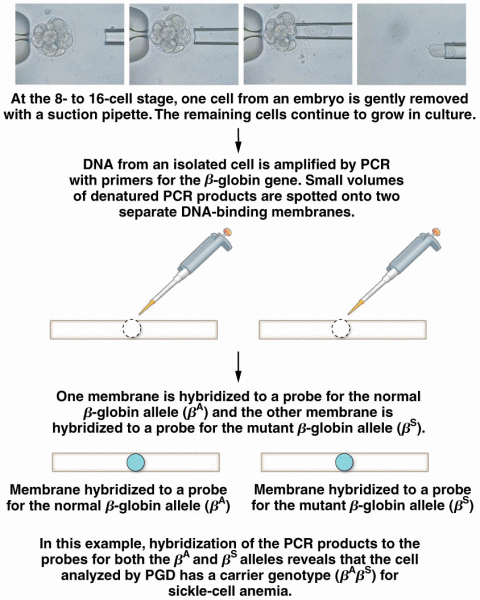Harold got up early and cleaned and polished his motorcycle, while Fabienne packed a picnic lunch. Their destination was a park on a lake about 50 miles away, where they would meet somefriends who also liked to ride motorcycles on weekends.
They soon got underway, driving safely on the highway at the speed limit, enjoying the trip, while they listened to National Public Radio. About halfway to their destination, Harold and Fabienne were overtaken by a speeding clump of about 10 motorcycles ridden by people with swastikas on the back of their jackets. Several of the group appeared to be completely nude under their jackets, which was legal in their state due to an anachronistic law that said you could not disrobe outdoors, but that did not address the situation where you were already disrobed when you arrived outdoors. In all likelihood, Harold and Fabienne could be termed members of a motorcycle enthusiast _____ and the cyclists who passed them could be termed members of a motorcycle enthusiast _____. a. culture; subculture
b. subculture; counterculture
c. subculture; culture
d. counterculture; subculture
Question 2
Randolph gave all pupils an equal chance to succeed in his second-grade class. But he demanded more from the children of professionals and the wealthier families in town.
It only seemed natural, because they were generally better readers, better students. He did not deliberately discriminate against students from disadvantaged homes. In fact, Randolph was delighted when one of them performed well. But when it came to social inequality, he a. actively encouraged it.
b. inadvertently perpetuated it.
c. fought against it at every opportunity.
d. took no position one way or the other.







